As we now know, when a global pandemic occurs, the world’s governments increase their control of their citizens, but many people don’t realize just how far that control can reach. In 2024, the COVID-19 pandemic is over, but a new disease is making its way around the United States.
And some experts are concerned it has the capacity to spread and ignite the second pandemic in less than a decade. In response to this reality, the US government has been implementing new regulations for dairy farms. Now, some Americans argue the tactics violate their Constitutional rights.
Concerns That Another Pandemic Is on the Horizon
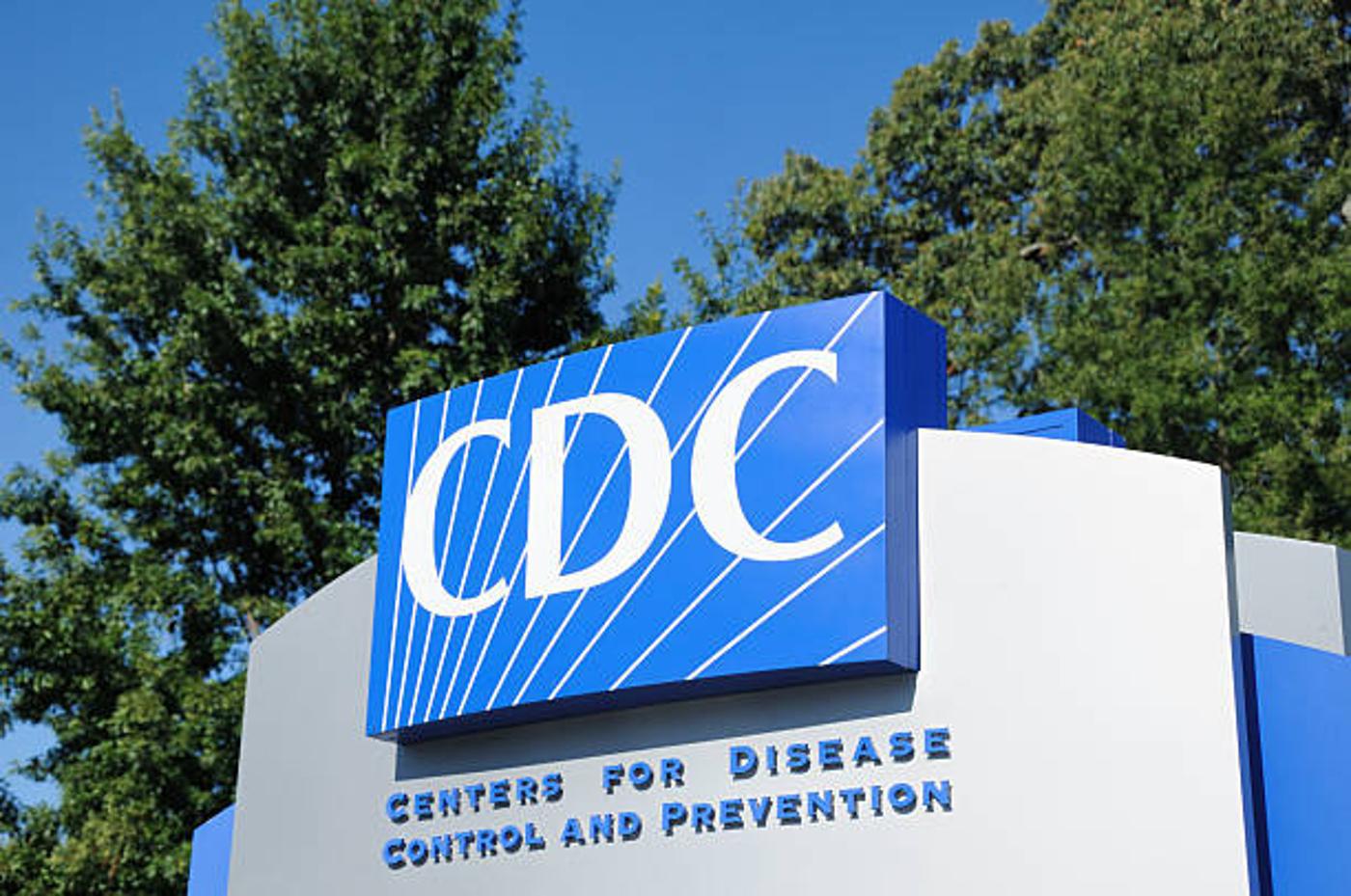
According to the Centers for Disease Control and Prevention (CDC), there have been five reported cases of H5N1, or the avian flu, in human beings since 2022. The organization also reports that these five people contracted the virus from infected dairy cows.
While five cases is certainly not a pandemic, the CDC is concerned that the situation could develop into a nationwide and even global pandemic if they do not do everything they can to curtail it.
Avian Flu in Dairy Cows
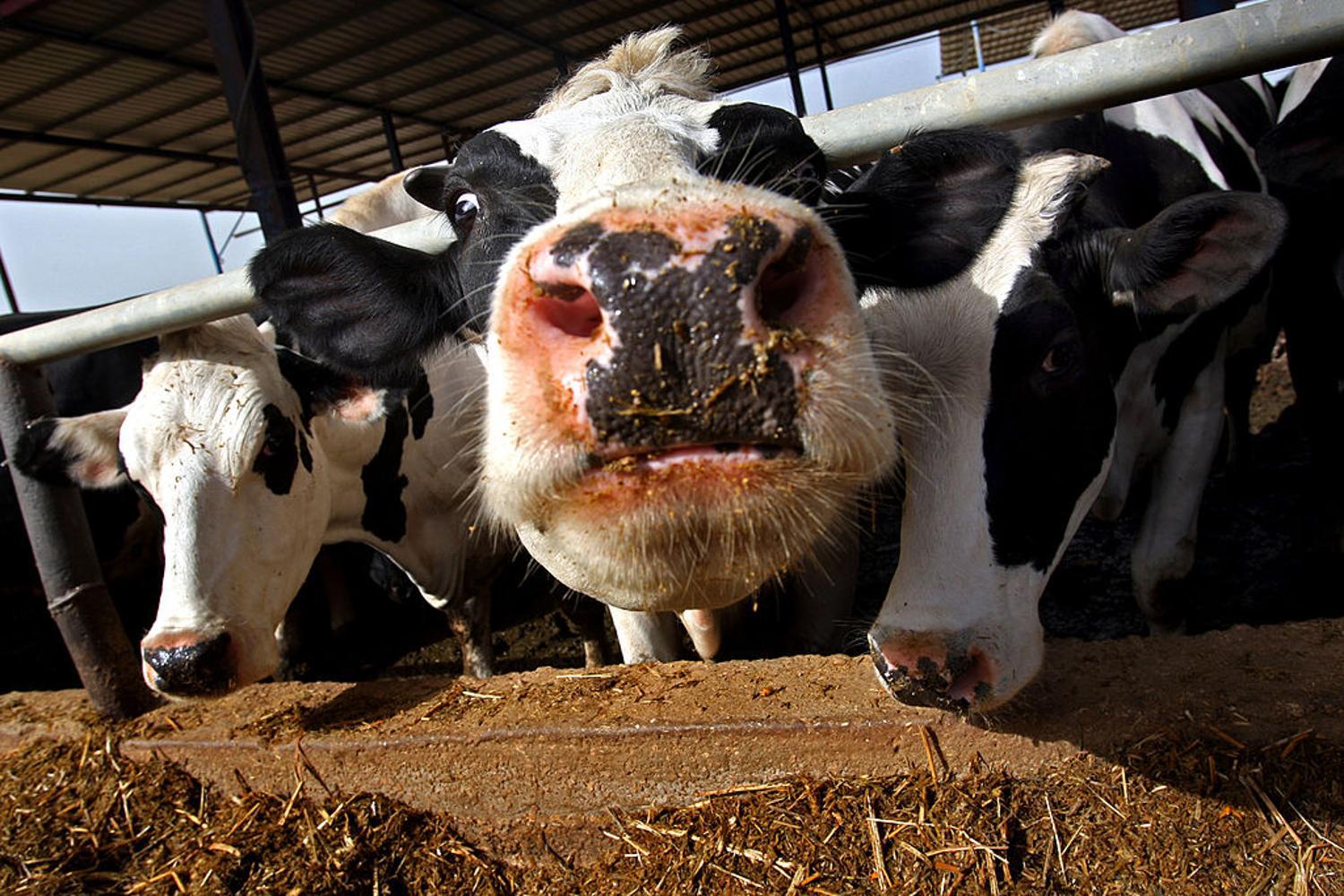
More than 150 dairy herds have been affected by the avian flu over the past two years, and now that they know it can be transmitted to humans, the CDC is quite nervous.
Humans can contract the avian flu from cows either by working alongside an infected animal or eating raw meat and drinking raw milk from a sick cow. While a very small population of the nation actually works on dairy farms, the major concern is that more and more Americans are drinking raw milk.
The Raw Milk Craze

In the 1800s, humans developed a method to pasteurize milk to make it safer to drink. This process essentially removed the majority of bacteria within the milk and significantly decreased the number of people around the world developing dairy-related diseases.
While raw or unpasteurized milk sales are still technically legal in the US, the FDA and the CDC strongly advise people against it. They have even implemented certain rules to ensure the potentially dangerous product is not widely available. However, that hasn’t stopped Americans from finding ways to buy raw milk. Recently, many have argued it’s more natural and, therefore, better for you than pasteurized milk.
The Case for Unpasteurized Milk
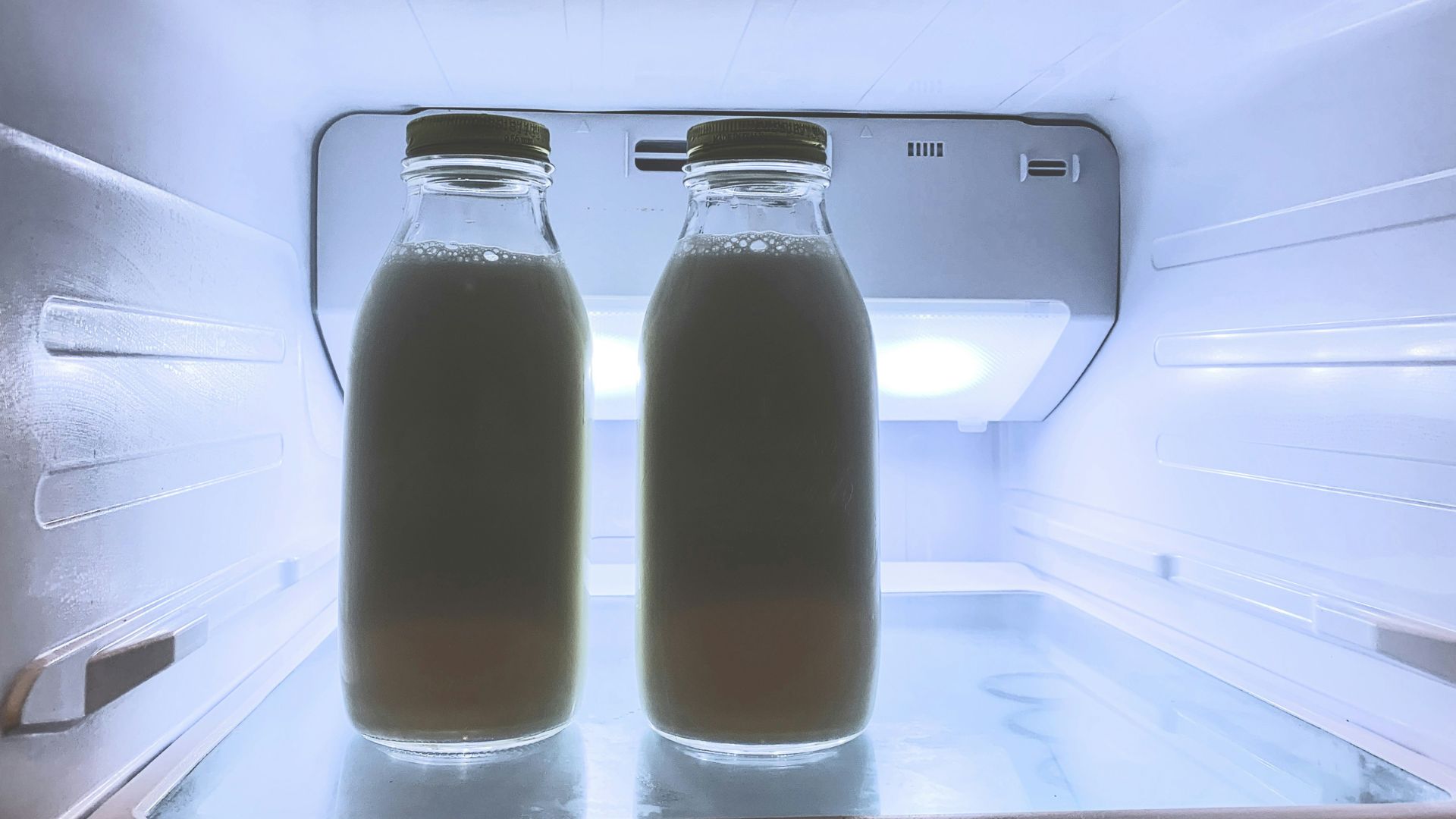
Raw milk is more natural, may contain more antimicrobials, and can provide several benefits to consumers.
However, health organizations like the CDC and FDA advise against consuming raw milk due to the risks of bacterial infection.
Why Many Americans Drink Pasteurized Milk
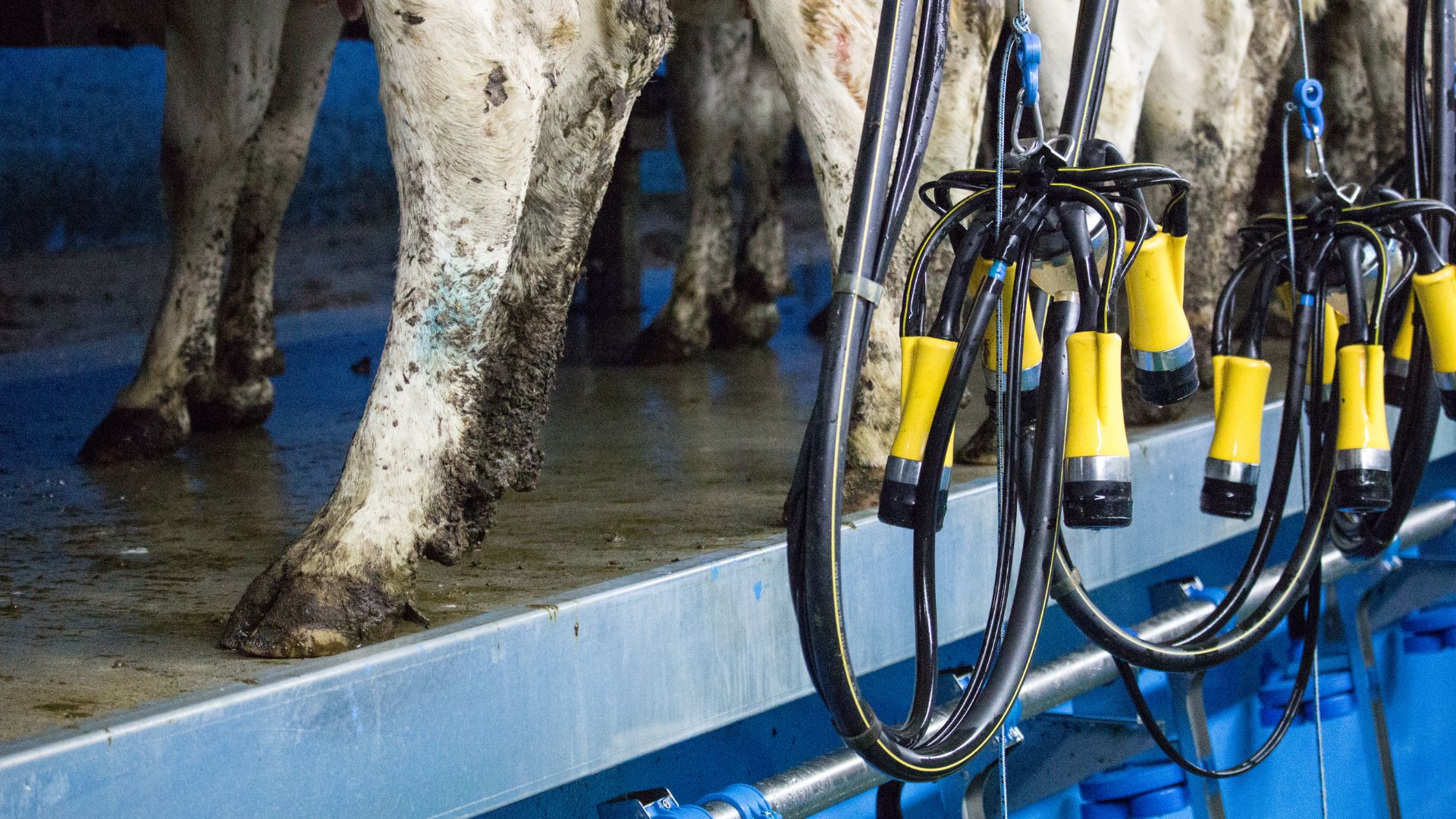
While some argue for drinking unpasteurized milk, many Americans lack access to dairy cows that receive proper treatment and care. Knowing where your milk comes from (like knowing where your meat comes from) can help build transparency between the consumer and food providers.
However, raw milk poses considerable risks, especially if you don’t know where it comes from.
The Raid on Hidden Creek Farm
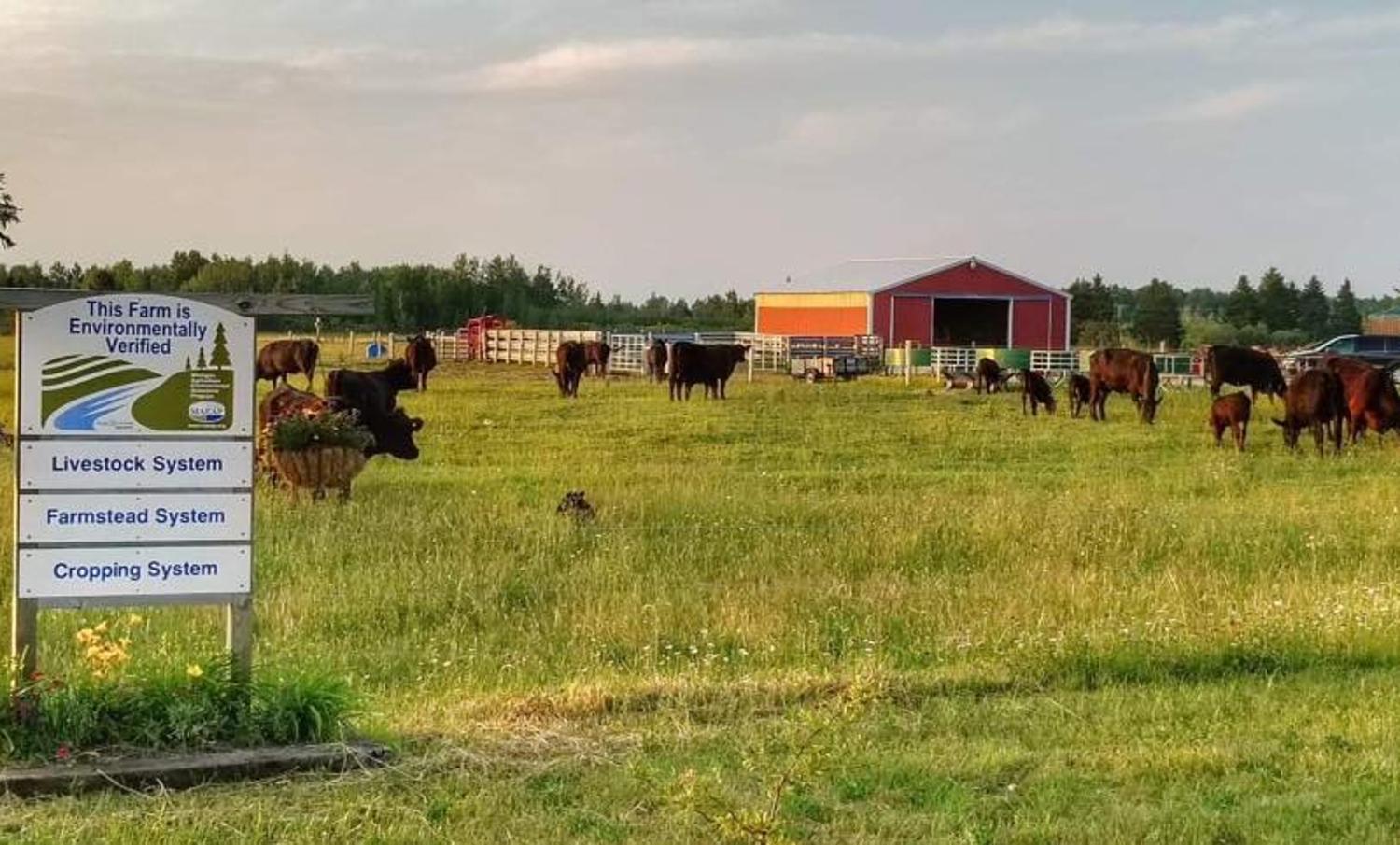
One way Americans are circumventing the FDA’s regulations on raw milk is by signing up for a cow-share program. In this program, they technically part-own the cow and can, therefore, go to the farm and pick up their own raw milk whenever they so choose.
However, one of these cow-share co-ops, Hidden Creek Farm in Michigan, was recently raided by the US government. Many Americans are arguing that the government’s actions violate their constitutional rights.
A Viral YouTube Video Explains the Situation
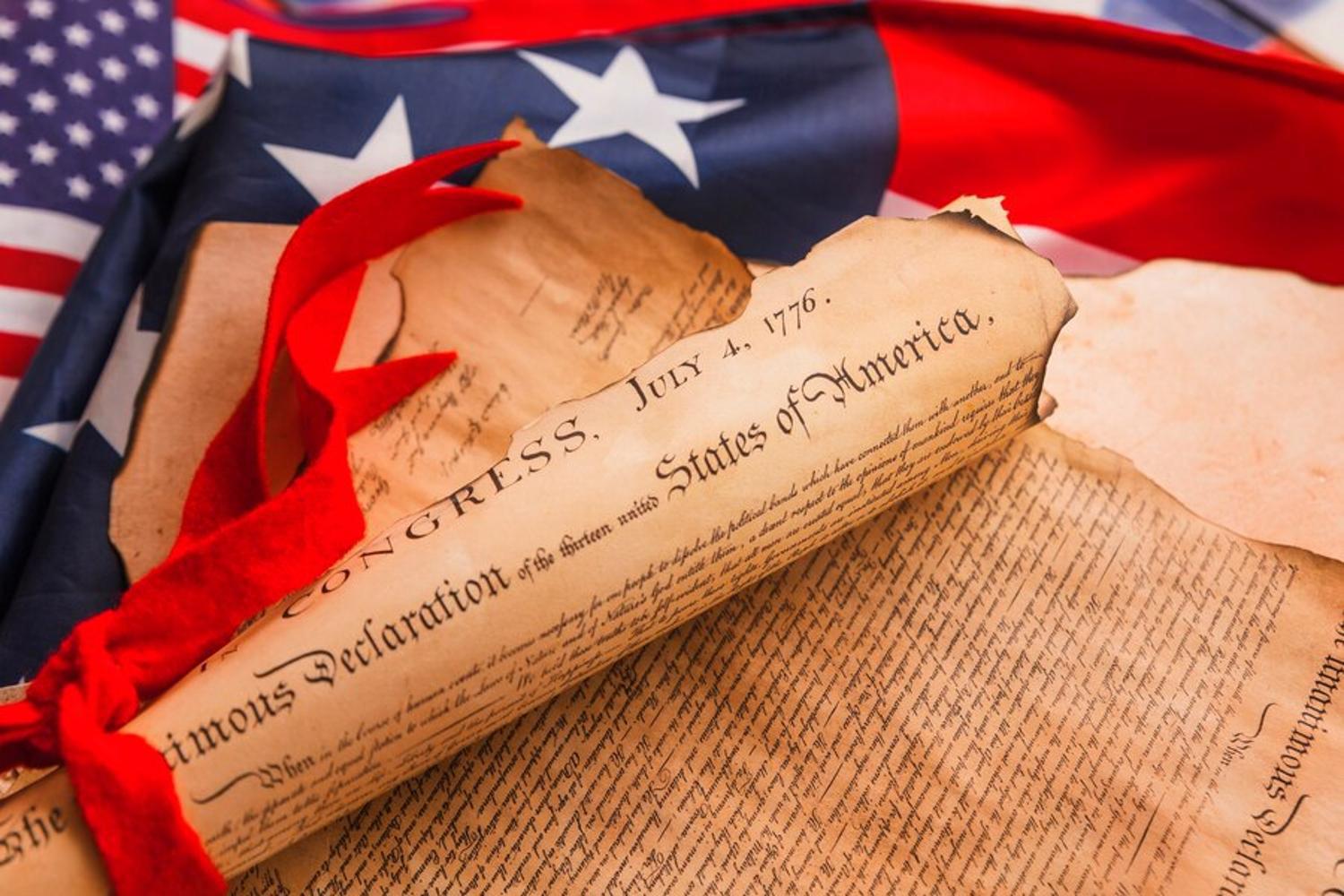
A video posted just a few weeks ago by Charlie Rankin on his Yanasa TV channel on YouTube explained why this raid is an example of the government attempting to take away private dairy rights.
Rankin detailed how, on Friday, May 24, 2024, the Hidden Creek Farm posted on Facebook explaining that they “had an unexpected visit from MDARD (Michigan Department of Agriculture and Rural Development)…[where] three individuals proceeded to step out of the vehicles and pull a pump sprayer out of the car and started spraying the tires and sides of the vehicle down with a “mystery solution.”
Unlawfully Spraying Chemicals on the Farm
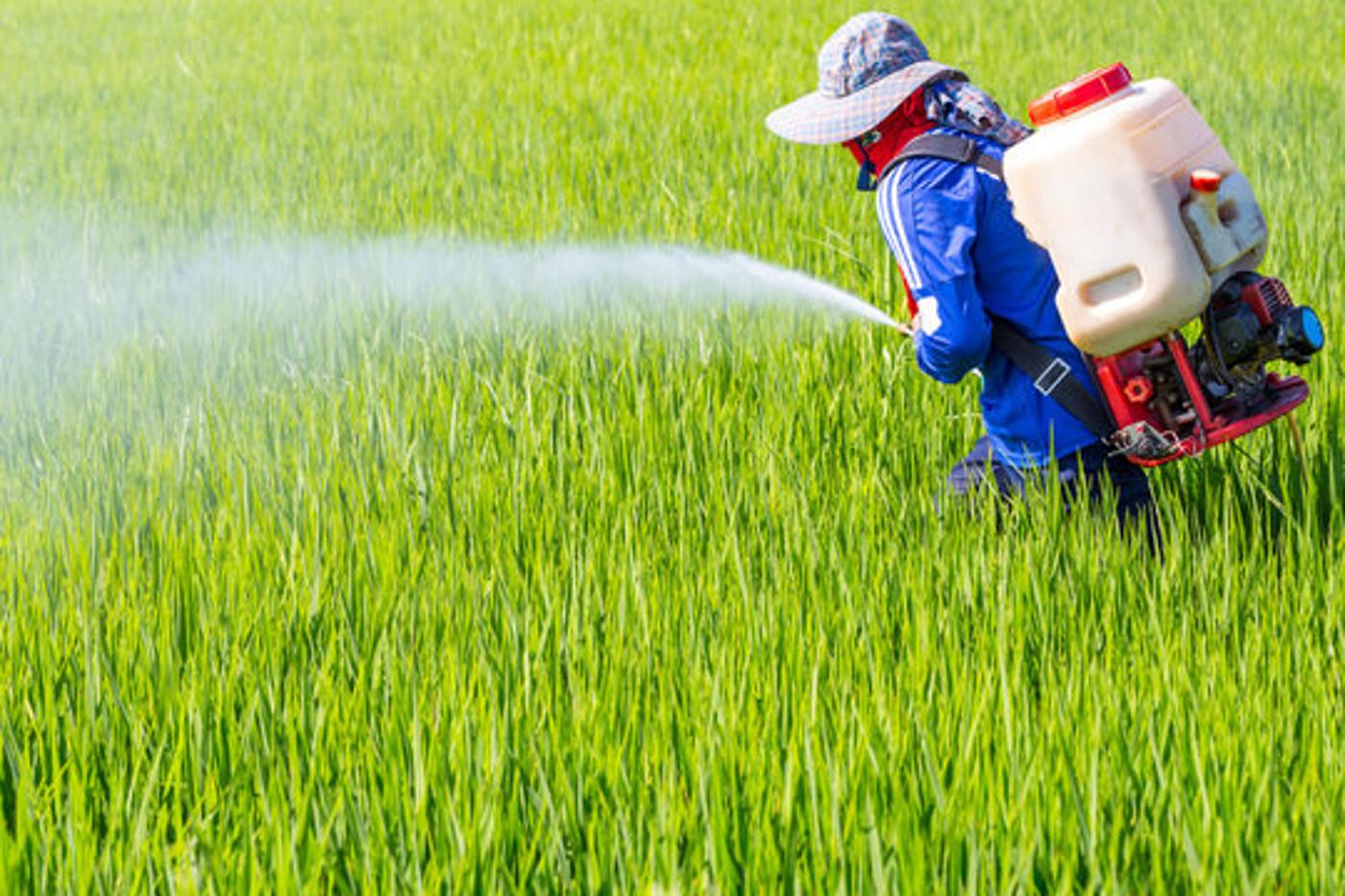
The post continued, “Our friends and followers know Hidden Creek Farm is a 100% chemical free farm. MDARD was not given consent to spay a mystery solution on the state vehicle they were driving all over our property.
Hidden Creek Farm then said they had some “questions” about this solution: “Firstly, what was it? Second, was the person who mixed and sprayed it trained [or] qualified? Third, is MDARD going to pay for the contamination of [our] soil cleanup?”
Biosecurity on Farms Is Extremely Important

Rankin went on to explain that biosecurity on farms, even those that don’t offer raw milk, is extremely important. Chemicals can stay in the soil, contaminating the cows’ feed and putting them and those who consume their products at risk.
Rankin also noted that this clear violation of the law is concerning for American farmers and citizens alike. He said that it could mean the government plans to expand its control and jurisdiction on privately-owned farms.
The Michigan Department of Agriculture Doesn’t Have Jurisdiction on Private Farms
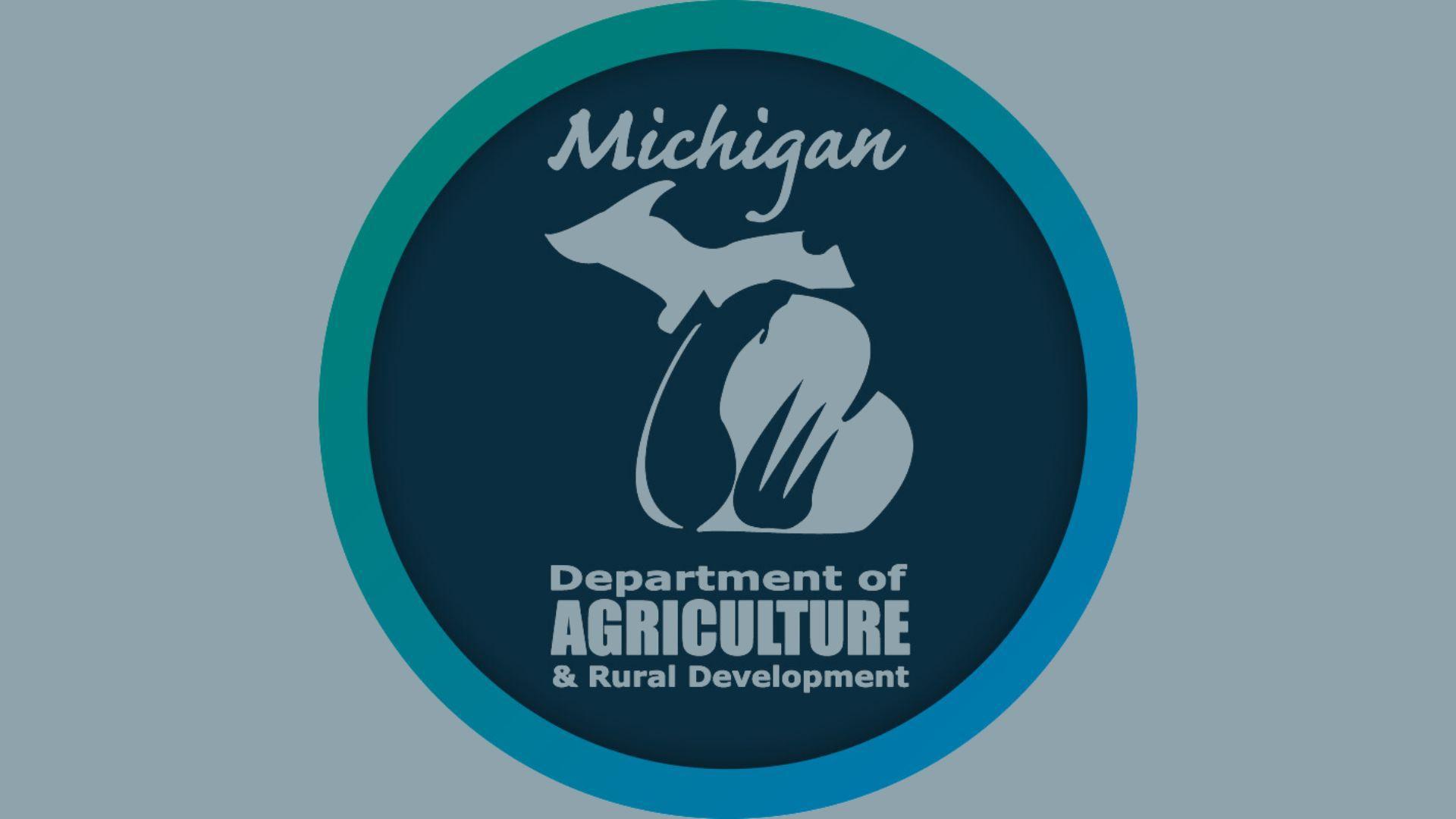
As of July 2024, MDARD does not have jurisdiction over private farms that provide cow-share programs for local residents. However, this situation clearly shows they may start showing up at all small farms throughout the state as they attempt to curtail the growing avian flu problem.
Rankin argues that this action, as well as many more that are likely on the way, is a clear violation of Americans’ private dairy rights. He is even concerned the MDARD or FDA could ban raw milk altogether.
Americans Deserve the Right to Consume Raw Milk

The video’s general message is that Americans should have the right to choose the food and drink they and their families consume, including safe, chemical-free raw milk.
If state programs like MDARD haphazardly spray chemicals on all-natural farms or if, in the worst-case scenario, the FDA bans raw dairy products, they will be unjustly removing an American freedom.
The US Government Also PLans to Purchase Large Stretches of Farmland
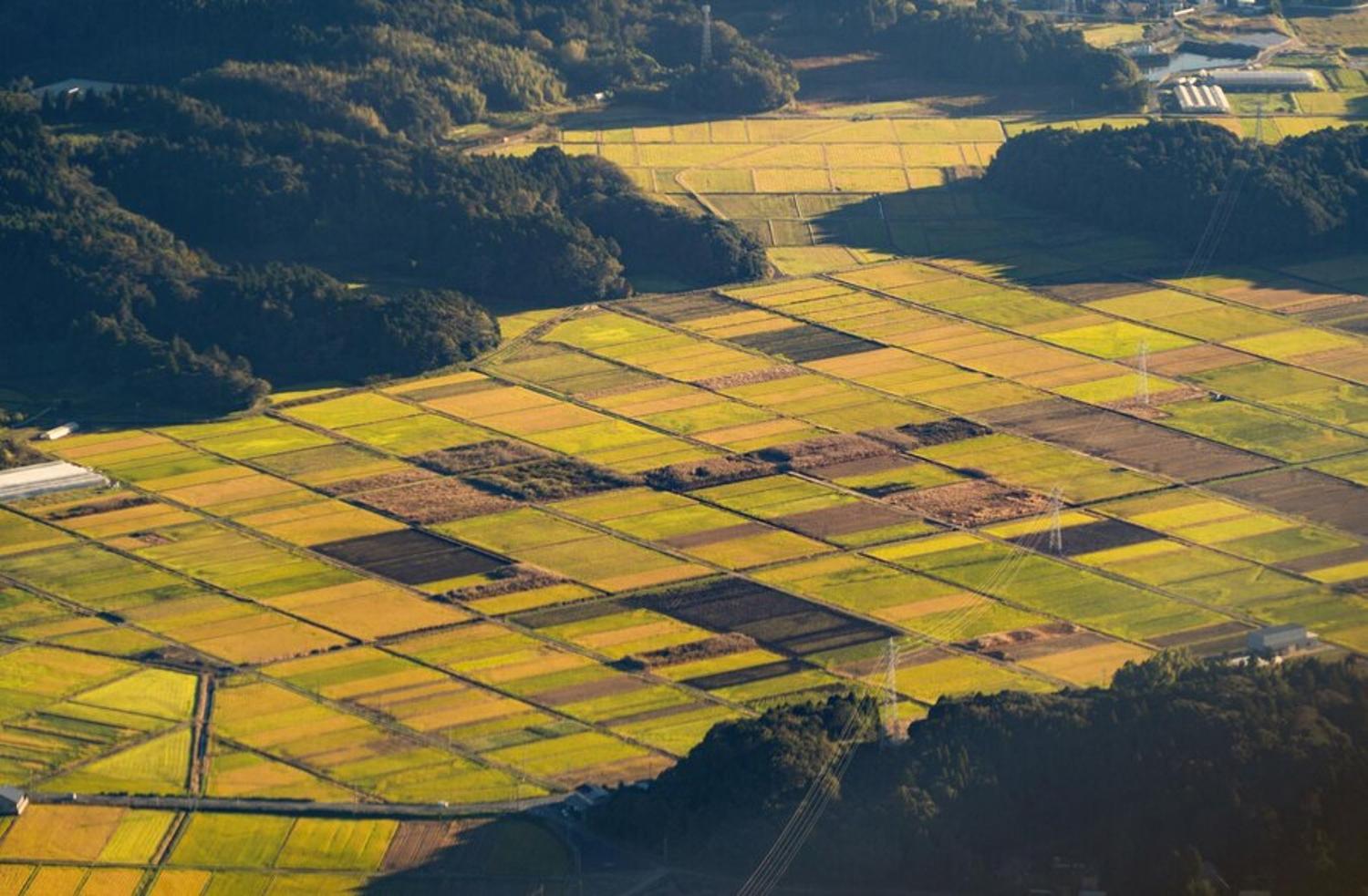
Rankin also pointed out that there are several examples across the country of the United States government purchasing large swathes of farmland. This is certainly a concern for food freedom, small businesses, and individual rights.
He notes that many farmers and Americans alike are afraid the government’s control over farmland can and will further restrict what people grow and consume, drastically restricting personal freedoms in the so-called land of the free.
Maintaining Food Freedom Is an Important American Right
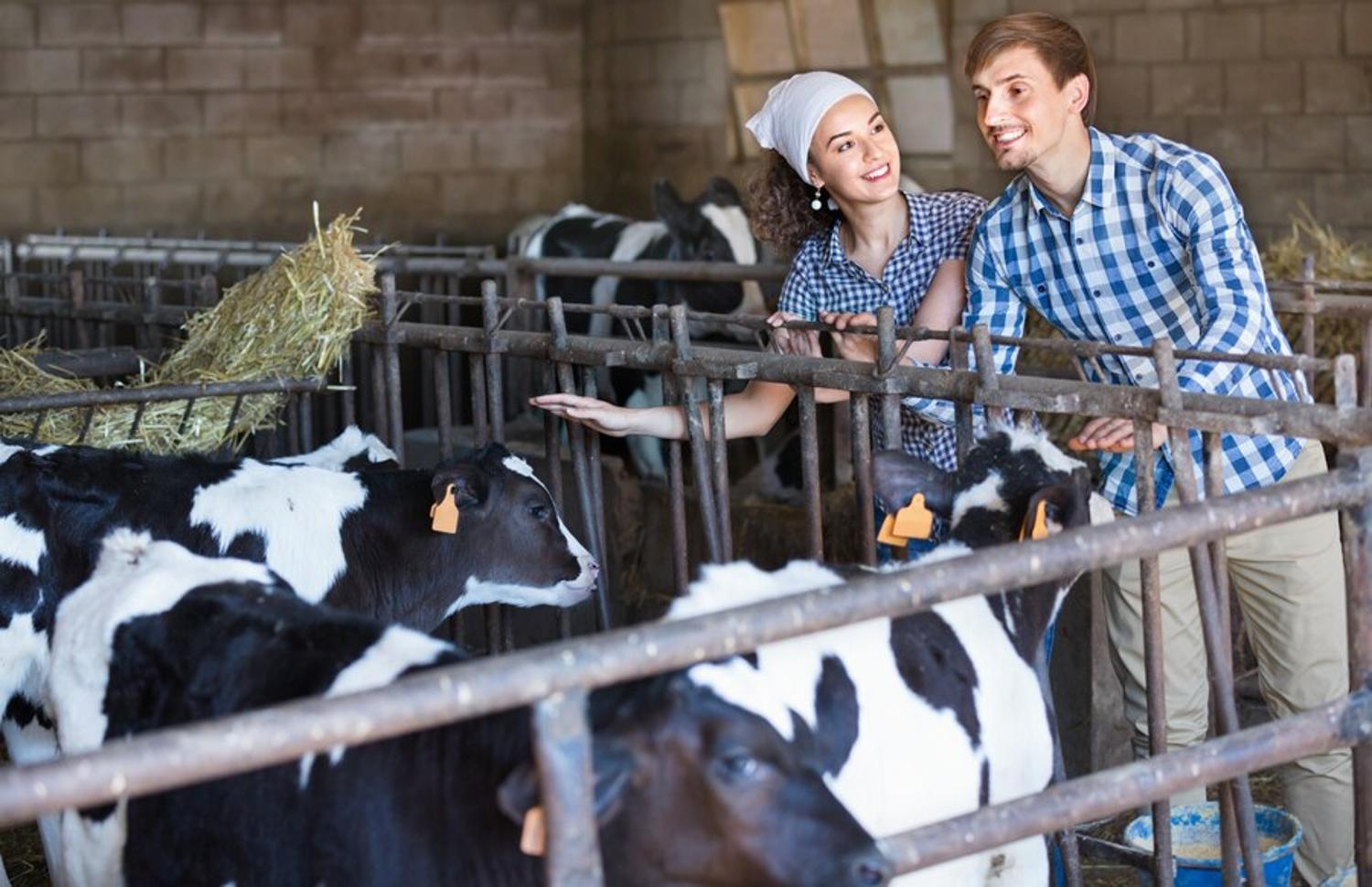
Rankin, along with many other small farmers and Americans citizens all around the country, argue it’s extremely important to fight for our right to food freedom, even if a pandemic is afoot.
We cannot allow the government to reduce the autonomy of consumption, shut down small businesses like cow-sharing farms, and restrict our rights to drink the dairy of our choice. To do so, Americans must speak out against these kinds of situations, vote for local representation that supports these freedoms, and continue to purchase products from farmers we believe in.
Tracking Cattle
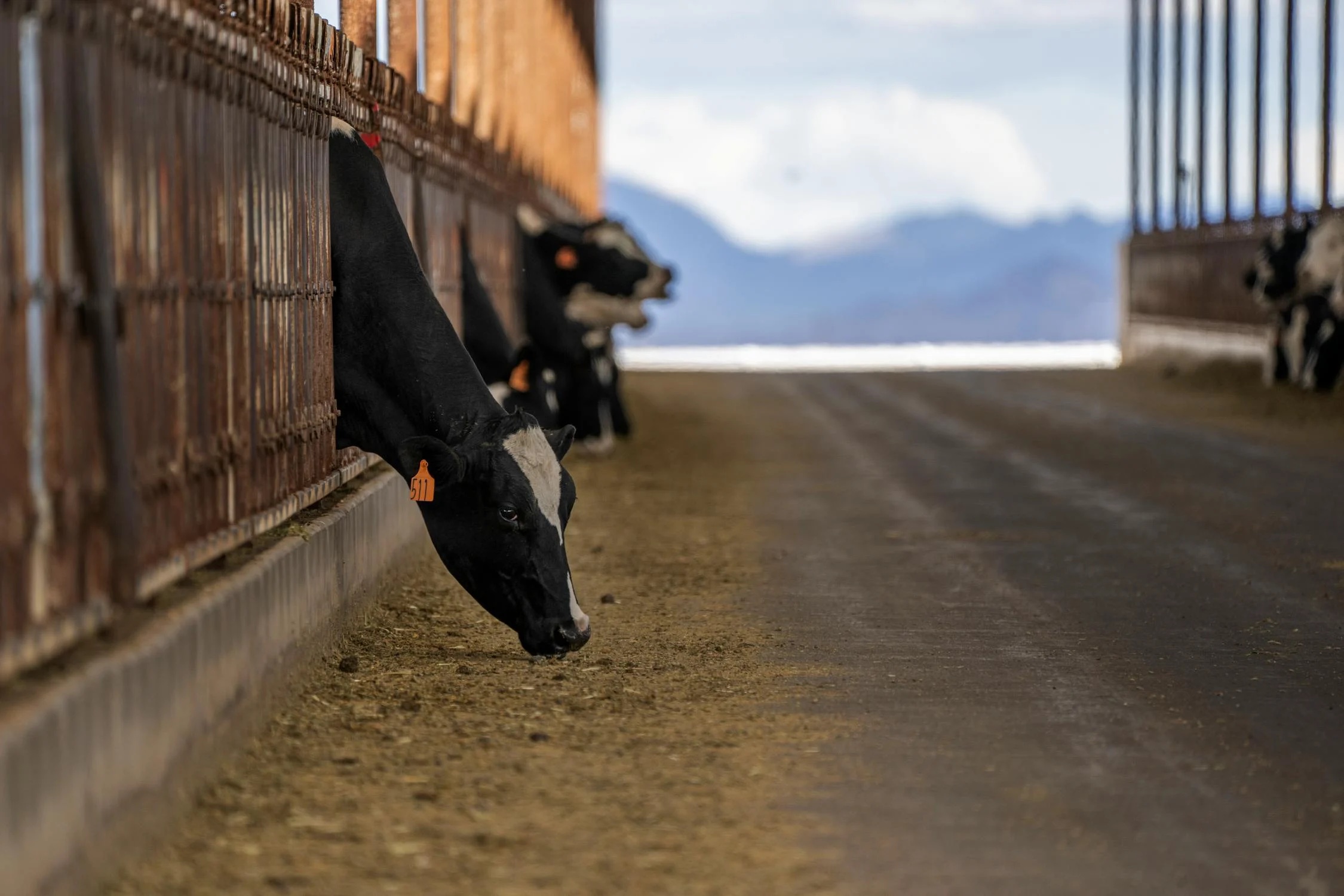
Rankin also explains in the video that the government is taking more steps to limit farmers’ rights. In March, the House approved an appropriations package, which included a $15 million bill for an electronic cattle tagging system.
This system, which falls in the Consolidated Appropriations Act 2024, gives the government the ability to use electronic identification (EID) tags to track diseases among cattle.
The Perks of the Bill
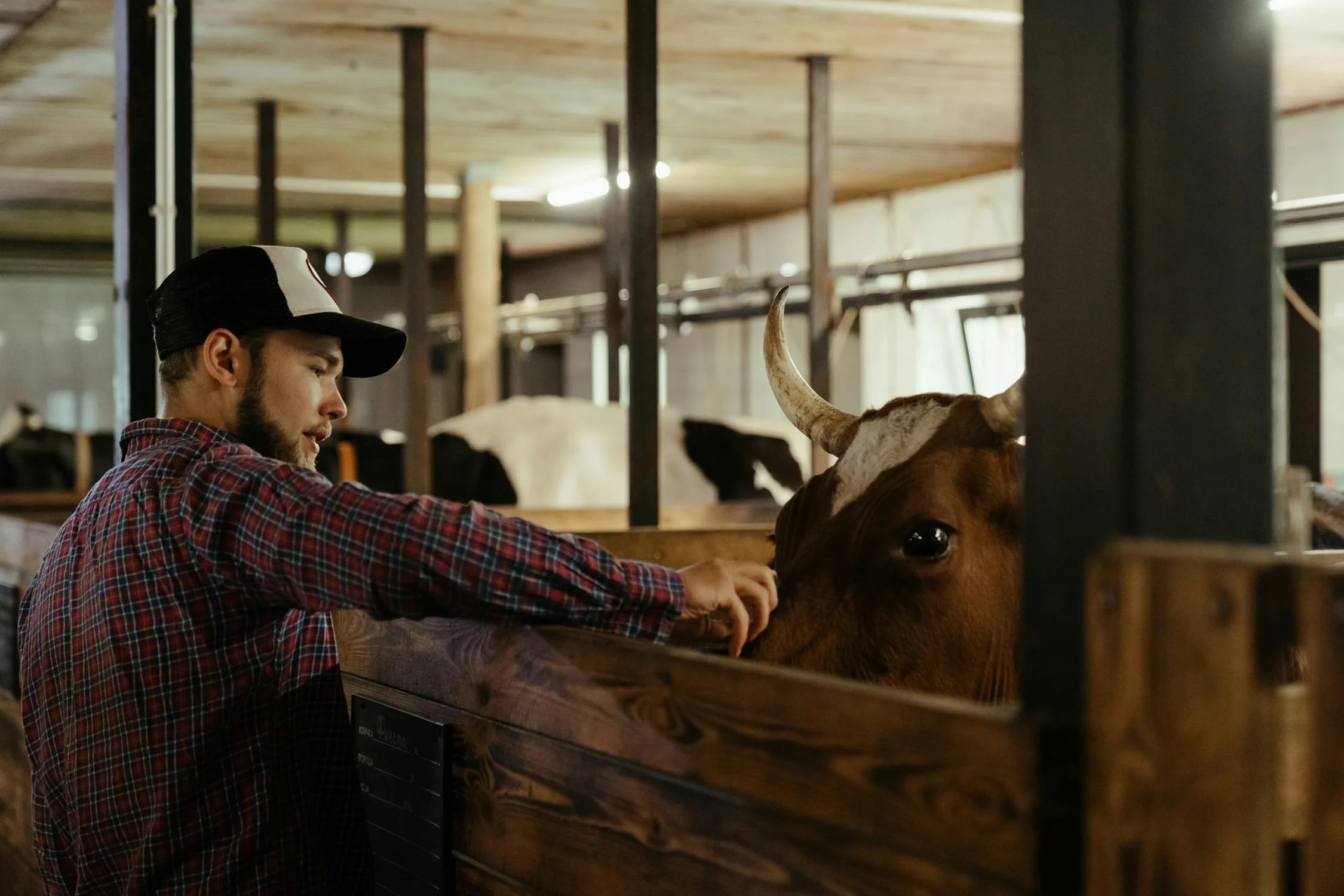
“Rapid traceability in a disease outbreak could help ranchers and farmers get back to selling their products more quickly; limit how long farms are quarantined; and keep more animals from getting sick,” according to the announcement.
This isn’t the first time that the government has stepped in and attempted to track livestock as a disease prevention measure.
An Urge to Scrap the Deal

Not everyone is on board with this new piece of legislation. In a member email, R-CALF USA reportedly met with the Office of Management and Budget to urge them to scrap the final animal identification rule, according to Tri-State Livestock News.
The email points out that other forms of animal ID work can help with disease traceback.
The Cost Burden to Farmers

Another point the email touched on was that the tagging system would be a cost burden on producers. Wyoming Congresswoman Harriet Hageman notes that an effective system in the US would cost nearly $1.9 billion in a letter to the OMB.
“It is unclear how APHIS has been able to calculate a wildly lower cost of implementation and compliance even though the Agency is proposing to replace legacy livestock identification systems (long identified as effective) with new, costly, and evolving technology, the use of which has never been tested on the currently proposed scale,” Hageman writes.
Struggles for Farmers

Hageman, who has served as Wyoming’s at-large district representative at the House since 2023, doesn’t hesitate to note that the APHIS has never taken into consideration the total cost of the mandate.
The proposal seems to have overlooked the costs of readers/scanners, software, hardware, and livestock handling.
Using Tags With International Computing Chips
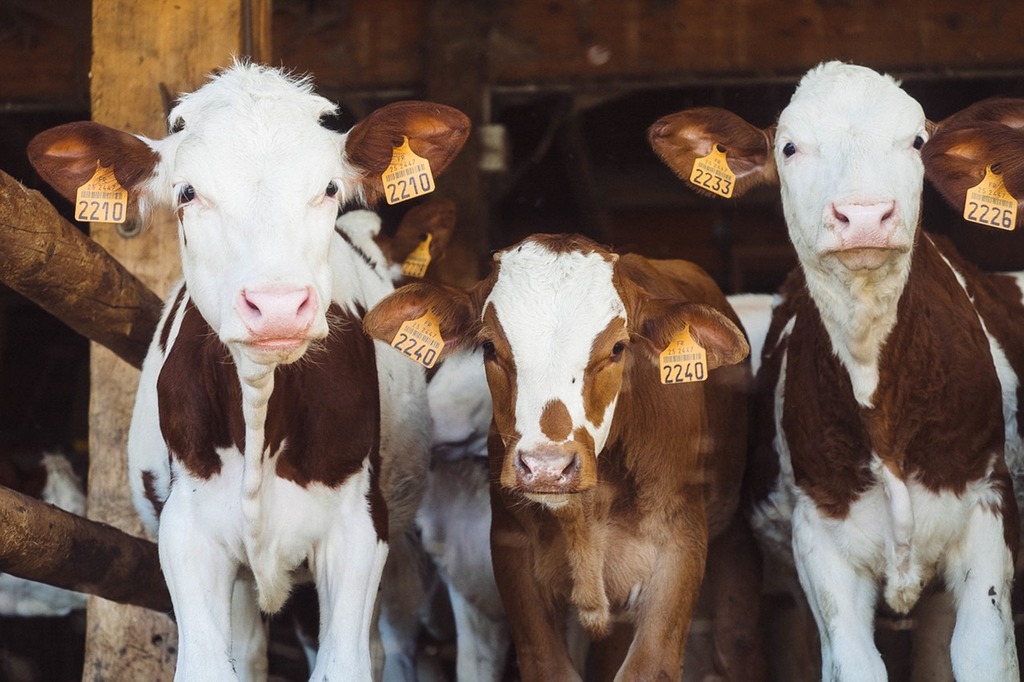
Many people’s final issue with the tagging mandate is that it forces US cattle producers to purchase tags with computing chips made in China.
While many farmers may be unable to afford the tags for their livestock, there is an underlying fear of buying hardware from China as tensions between the US and the country grow.
Controlling Livestock Moving Across States
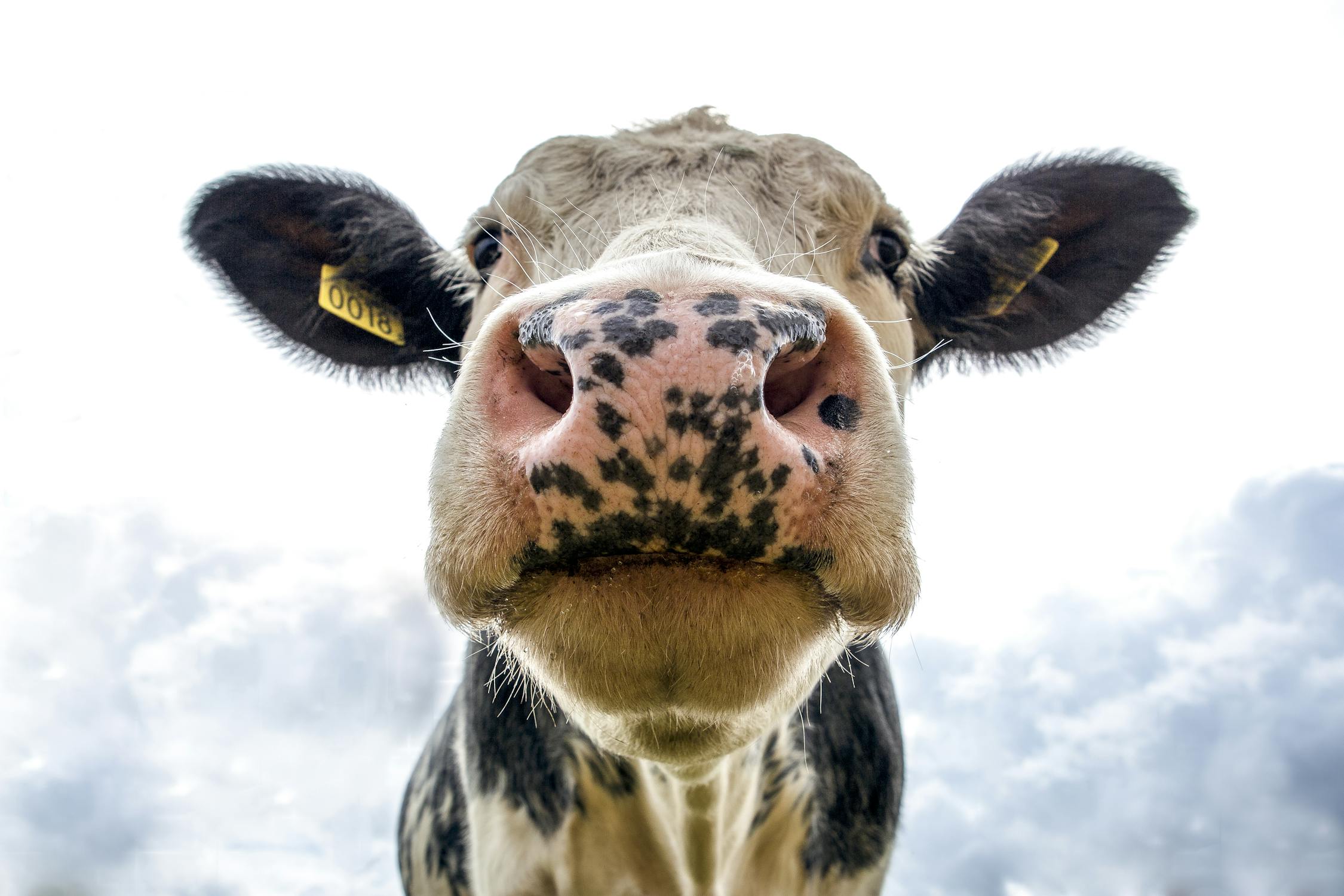
In 2013, the USDA published “Traceability for Livestock Moving Interstate,” a rule that established requirements for the official identification of livestock and documentation for certain interstate movement of livestock.
The rule required that specific livestock of species covered by the regulations must receive official identification and a necessary veterinary inspection certification before moving across states.
Updating Tracking Goals
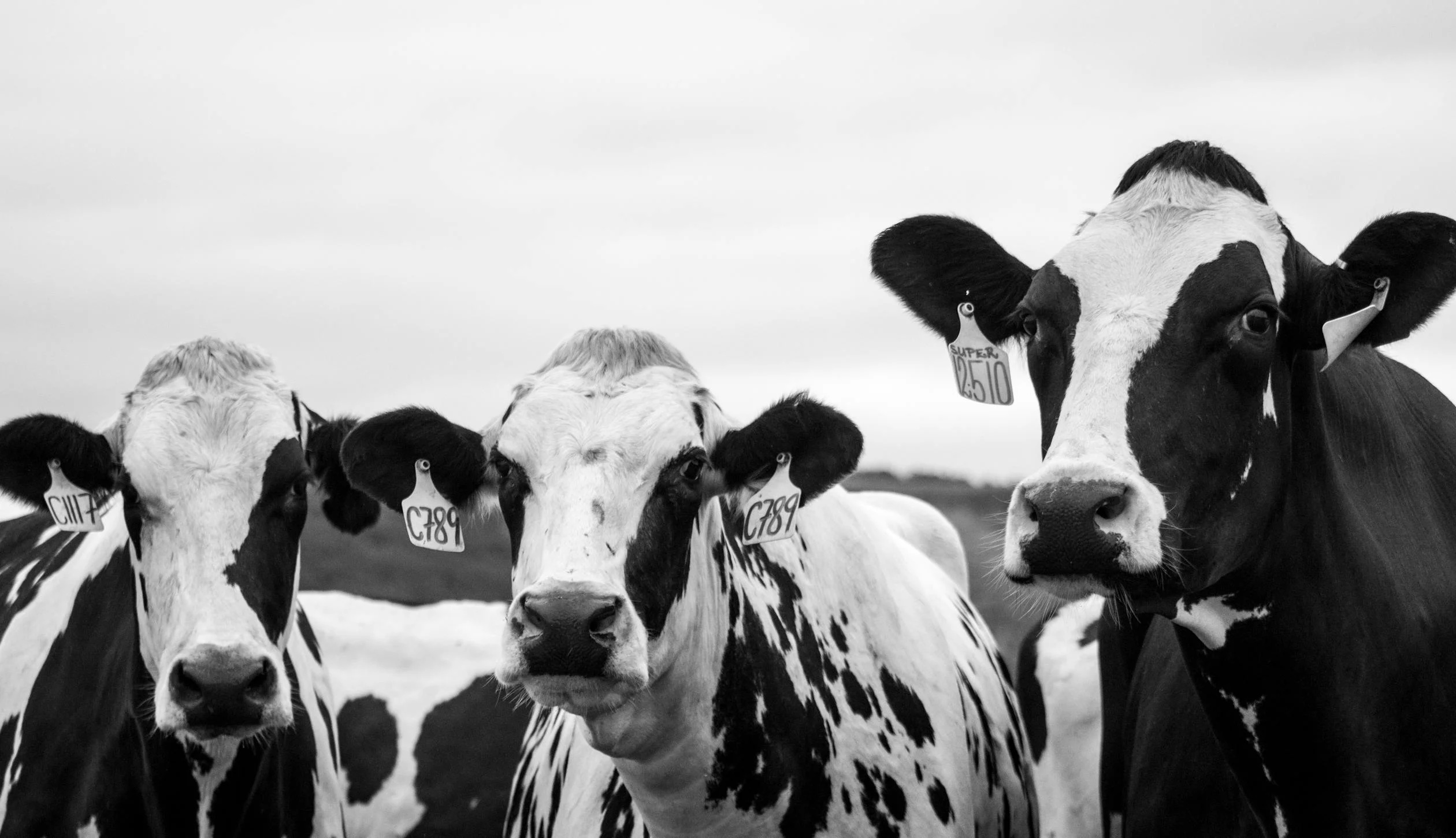
In 2018, the USDA established four more goals to help increase traceability, noting that its main mission was to stop the spreading of disease to other livestock and possibly people.
These goals included advancing the electronic sharing of data among federal and state animal health officials, using electronic identification tags for animals to make data collection more efficient, enhancing the ability to track animals throughout their lifecycle, and creating discussions about creating a system that ensures the health of the country’s livestock.
A No-Cost Alternative

The APHIS built on these ideas in 2020 by providing ear tags with radio frequency identifications to states and accredited veterinarians as a no-cost alternative to the metal clip tags available from the agency.
You can use these RFID tags in replacement heifers vaccinated for brucellosis.
Keeping an Eye on Livestock
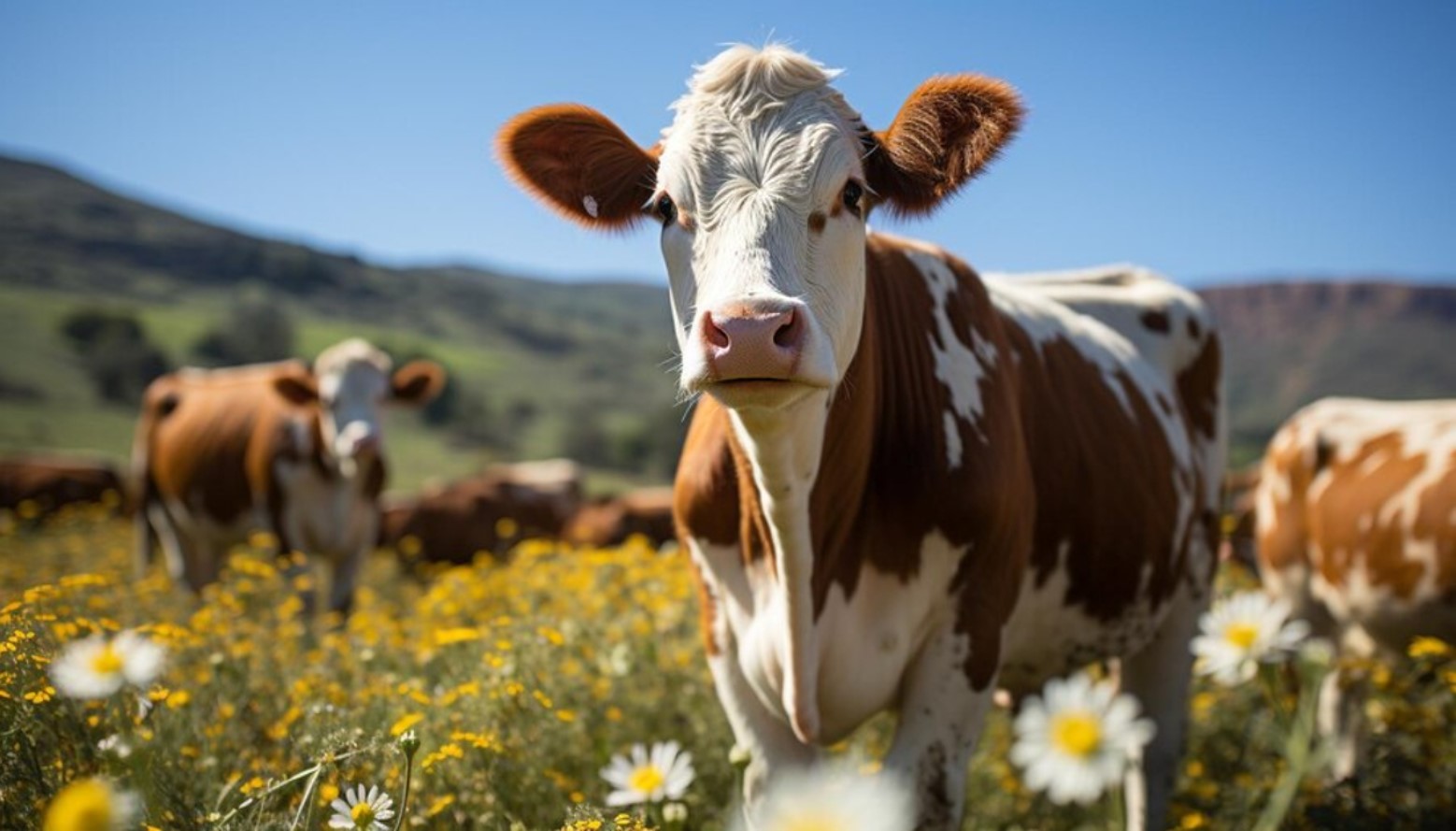
“The AVMA believes that permanent, unique identification of animals and premises is essential for tracing the origin and destination of all livestock, and in particular food-producing animals, to protect the nation’s livestock industry and public health, and to enable the trace back and trace forward of animals for animal disease control and eradication,” the AVMA policy, Livestock Identification, and Animal Traceability reads.
“The AVMA recommends that a high priority be placed on the development of alternatives to hot-iron branding such as the use of electronic individual animal identification and the development of an electronic system to facilitate rapid traceback of livestock in the event of a highly contagious disease outbreak.”








































